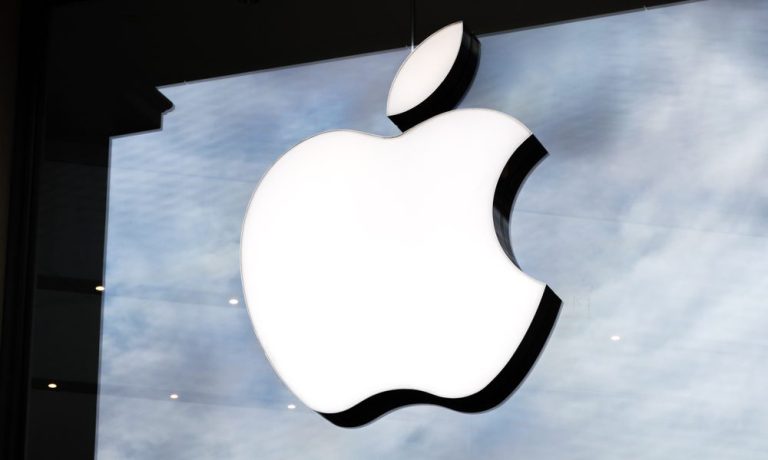
Demand has been low and sales have been weak for Apple’s iPhone XR.
When it launched in October, Apple had high expectations for the cheapest of its three most recent iPhones. The XR uses an LCD screen instead of an OLED and was designed to offer the iPhone X experience on an LCD device, right down to things like haptic touch and face ID.
But analysts say the XR has not come close to meeting expectations, forcing Apple to slash production of the device. In fact, over the past two months, Apple has cut production for the XR by as much as a third of the nearly 70 million units some suppliers were asked produce between September and February.
In November, Apple reduced the price on the XR in Japan in an effort to boost sales. The model also hasn’t performed well in China, with many consumers turned off by the high price point. While XR is 25 percent cheaper than the other two recent iPhones, it still costs 6,499 yuan, or around $945. And the XR’s features, including facial recognition and dual-SIM support, are also available on cheaper phones from Chinese manufacturers. As a result, Apple recently started offering discounts on the XR for trade-ins.
“They just built too many XRs and people just aren’t buying them, particularly in China,” said UBS analyst Tim Arcuri, according to The Wall Street Journal.
Another factor: The company has been affected by currency changes in China. As the dollar rose, Arcuri thinks Apple raised the local XR price to maintain margins. Apple CEO Tim Cook touched upon some of those challenges in his letter to investors last week, saying “we knew the strong U.S. dollar would create foreign exchange headwinds.”
In addition, the country’s smartphone market has changed, with local companies offering high-end models at lower prices. For example, Huawei launched the P20 and Mate series, while Oppo and Vivo both have premium models that are priced lower than the XR.